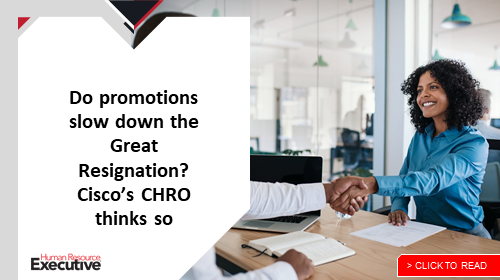The Great Resignation has boosted employee training and development programs from “nice to have” to “critical.” Training has been christened the “new corporate profit center” by Forbes for its potential to improve employee retention and productivity, and investors are pouring money into upskilling tech to meet the demand.
But all that investment risks falling flat if employers can’t see results. Throwing employees into online courses and hoping the learning sticks isn’t an effective use of training and development dollars.
Companies should be leveraging a range of tools and practices to measure the impact of training as closely as possible, creating multiple feedback loops and adjusting programs as needed. This not only ensures that employers are getting the best immediate bang for their training buck; it also supports a culture of learning and community that will bolster employee engagement over the long term.
Measuring the impact of training can be as simple as paying attention to changes in employees’ attitudes and abilities. If workers show a higher level of engagement, ask more insightful questions, or demonstrate deeper knowledge of their subject area as well as the overall business, then your training is probably on the right track.
New: Key to development success for hybrid workers? Personalization
Training and development programs could deliver a jump in the quality and quantity of candidates for internal promotion opportunities, as well as a greater willingness among employees to take on new projects and challenges.
 We’ve learned that training needs to happen in an environment of open, fluid communication. It can be done through fireside chats and town halls with leaders, quarterly check-ins between supervisors and team members, and mentorship relationships. Employees at our university have several different networks, giving them channels for feedback and support from a range of sources.
We’ve learned that training needs to happen in an environment of open, fluid communication. It can be done through fireside chats and town halls with leaders, quarterly check-ins between supervisors and team members, and mentorship relationships. Employees at our university have several different networks, giving them channels for feedback and support from a range of sources.
We also use regular anonymous surveys to monitor employee satisfaction and gather views on the effectiveness and relevance of their training. Detailed questions on training—such as how it made people better at their jobs and how much time they saved as a result—help managers get to the heart of learning impact and understanding how to tweak programs for better results.
This customer feedback approach helps employees feel valued and it hones in on the all-important WIIFM (What’s In It For Me) factor, which is a key motivator in keeping people engaged with training opportunities. The data obtained from these surveys is fully visible to anyone in the organization, fostering a culture of transparency.
Related: How upskilling and learning can help neutralize the Great Resignation
Organizations should be thinking of training as a continuous process, one that is fluid and proactive enough to tackle knowledge gaps as soon as they arise. One useful tool for achieving this is employee-monitoring software that can give managers a picture of where employees are getting stuck and needing extra support.
At the end of the day, training only matters if it improves employees’ ability to do their jobs and expand their potential. That’s why a vital part of assessing the impact of training is to include real-world scenarios and give employees the opportunity to practice what they’ve learned. Exposure to new roles and challenges is a crucial addition to “book learning”—empowering employees and enabling them to connect the dots among different parts of the business.
 Providing training and assessing its effectiveness shouldn’t be thought of as a “one-and-done” event to be ticked off every month or quarter. It is much more effective if it is woven into the work week of each employee, with learning followed by multi-channel feedback and practice opportunities.
Providing training and assessing its effectiveness shouldn’t be thought of as a “one-and-done” event to be ticked off every month or quarter. It is much more effective if it is woven into the work week of each employee, with learning followed by multi-channel feedback and practice opportunities.
This approach helps to create an environment of continuous improvement, where new learning is validated and enhanced in different ways every day. Training becomes an important part of building an organizational culture in which people know they are part of a community that supports them.
The post Your company spent big on training and development, but is it working? appeared first on HR Executive.